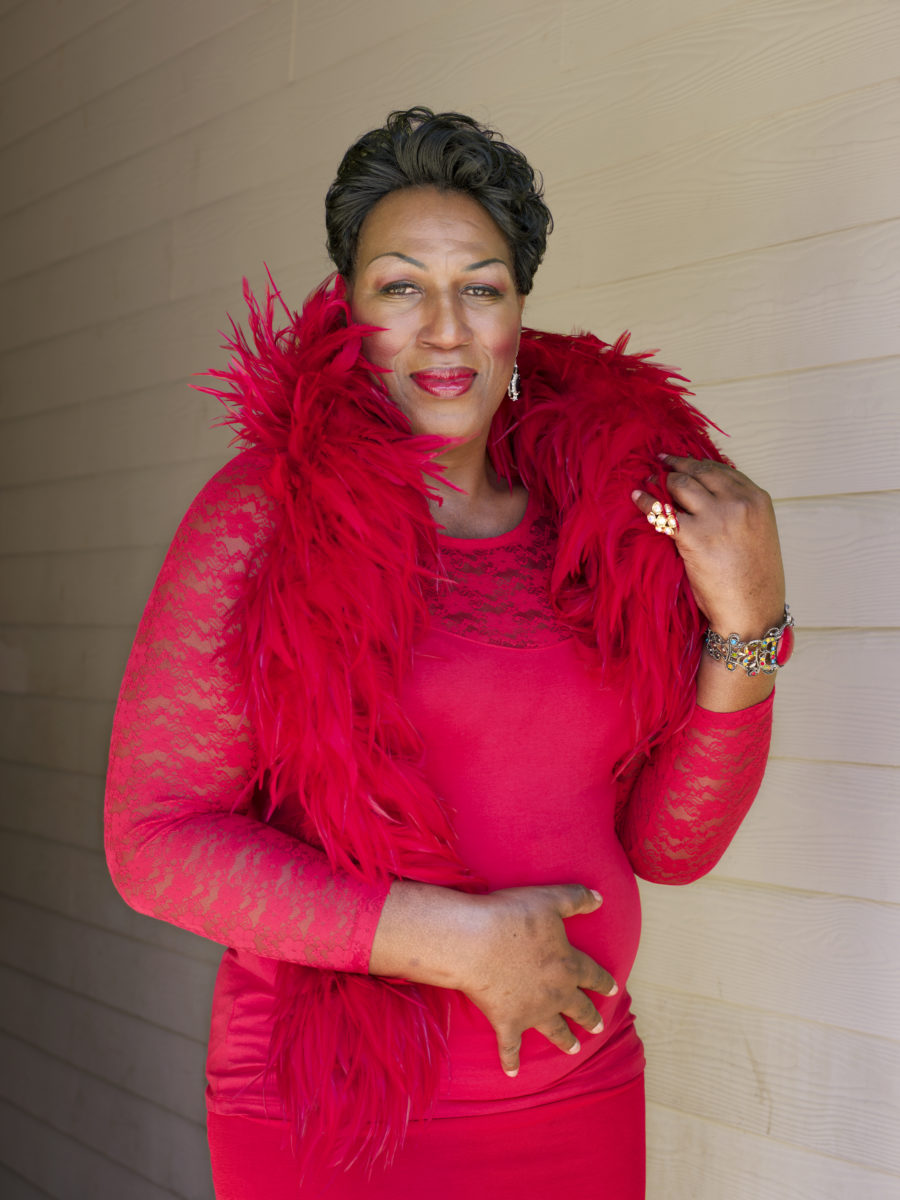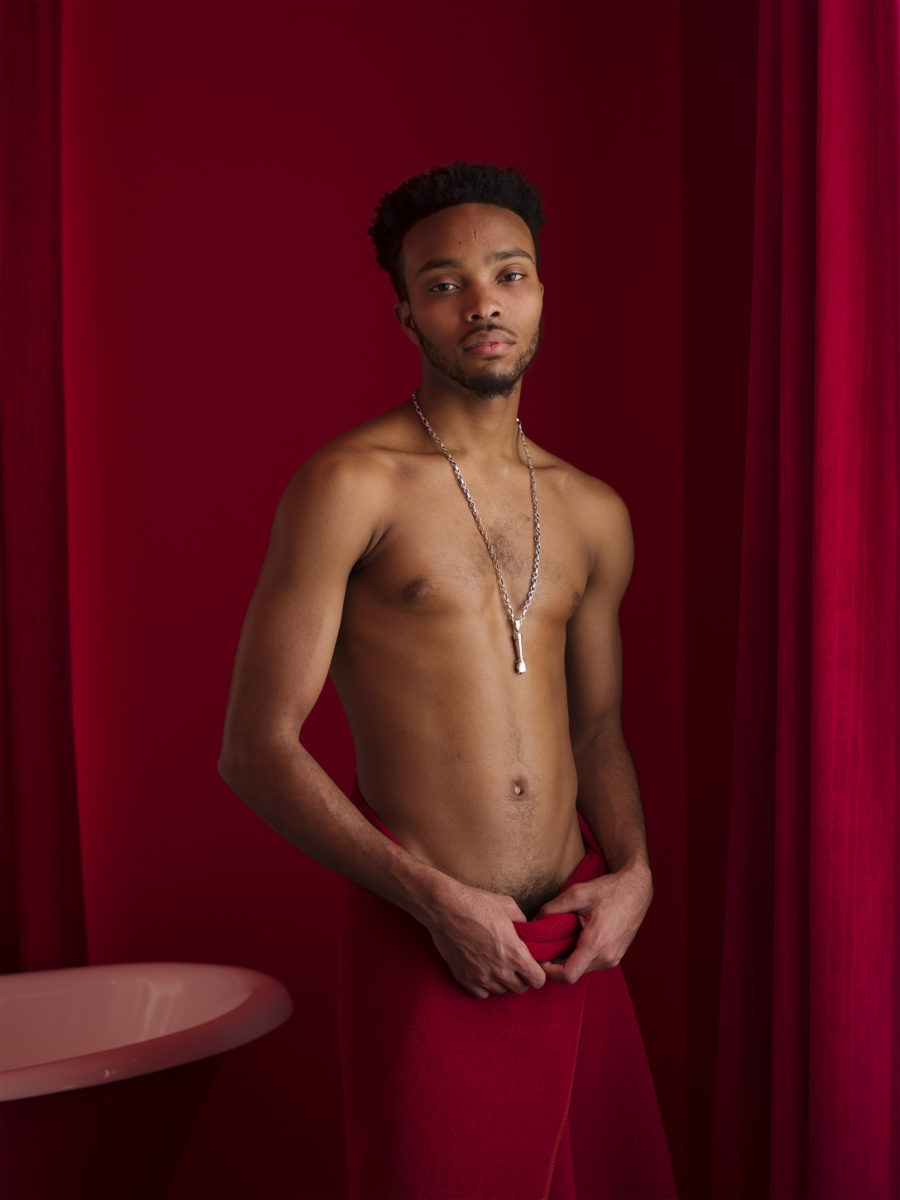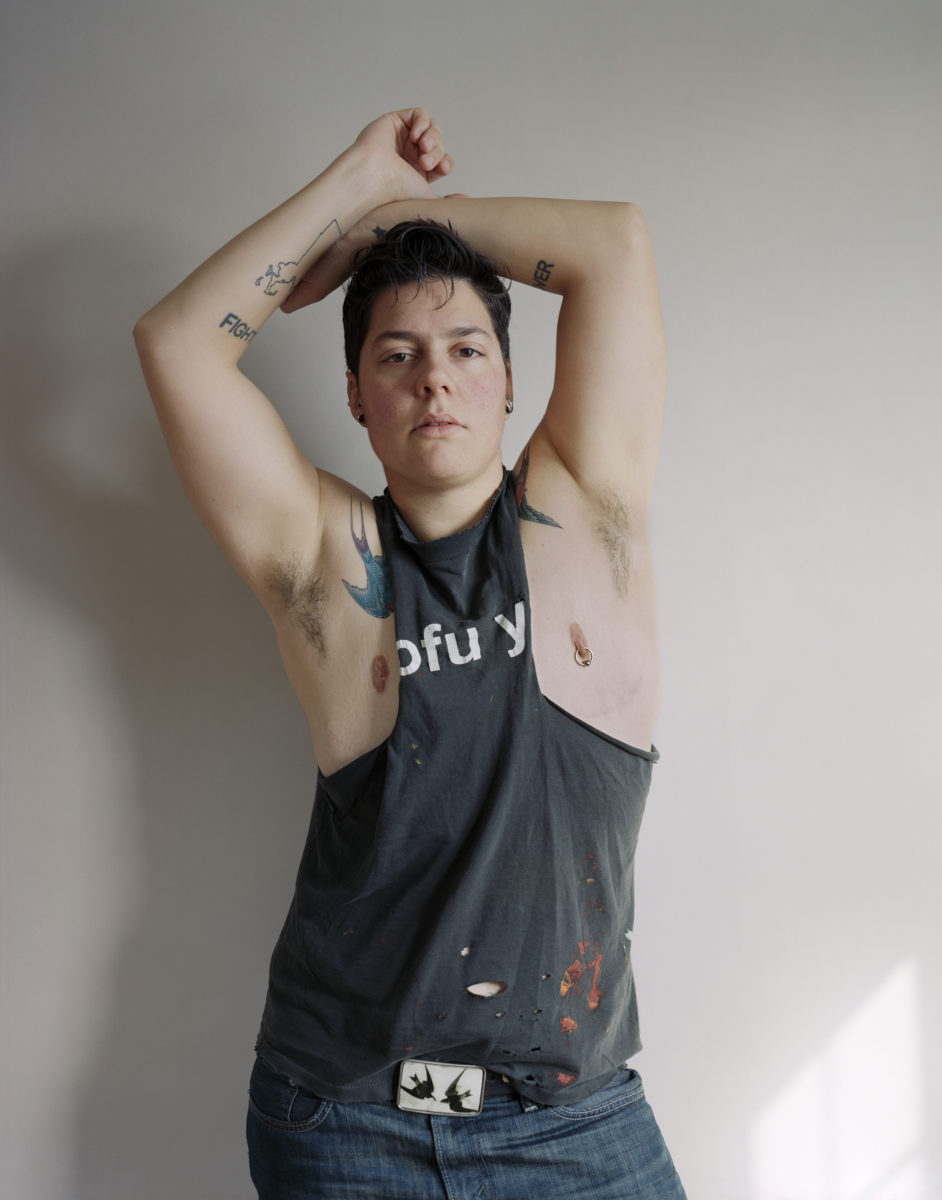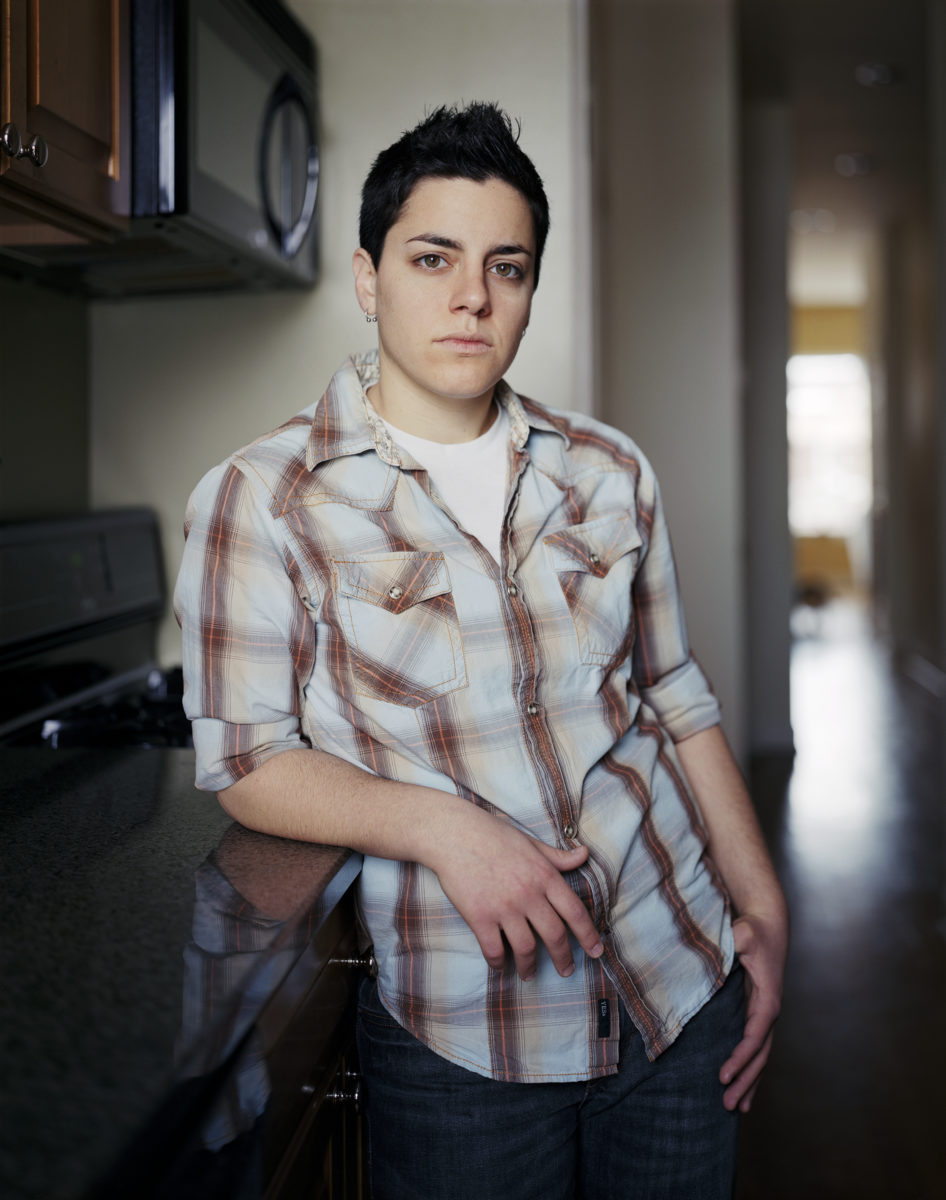
“A photograph is a secret about a secret,” the late, great Diane Arbus, posited. “The more it tells you, the less you know.” The powerful mystique of a portrait lies in its unique ability to destabilise the viewer, faced, in excruciating proximity, with something we can never fully understand: another person.
An attempt to understand what it means to be human is the beating heart of Jess T Dugan’s work. Arbus was an early influence on the acclaimed American portraitist known for tender, intimate and subtle portraits—so much so, that they have another Arbus quote tattooed on their forearm—now covered with flowers, but still there, underneath. These hidden, personal layers are woven through Dugan’s pictures, such as the eight large-format works on show at Minneapolis Institute of Art until spring. These images were selected from portraits of more than 88 transgender and gender non-conforming people, which Dugan took across the US over a period of five years, in collaboration with their partner, Vanessa Fabbre, a social work researcher whose work focuses on LGBTQ ageing.
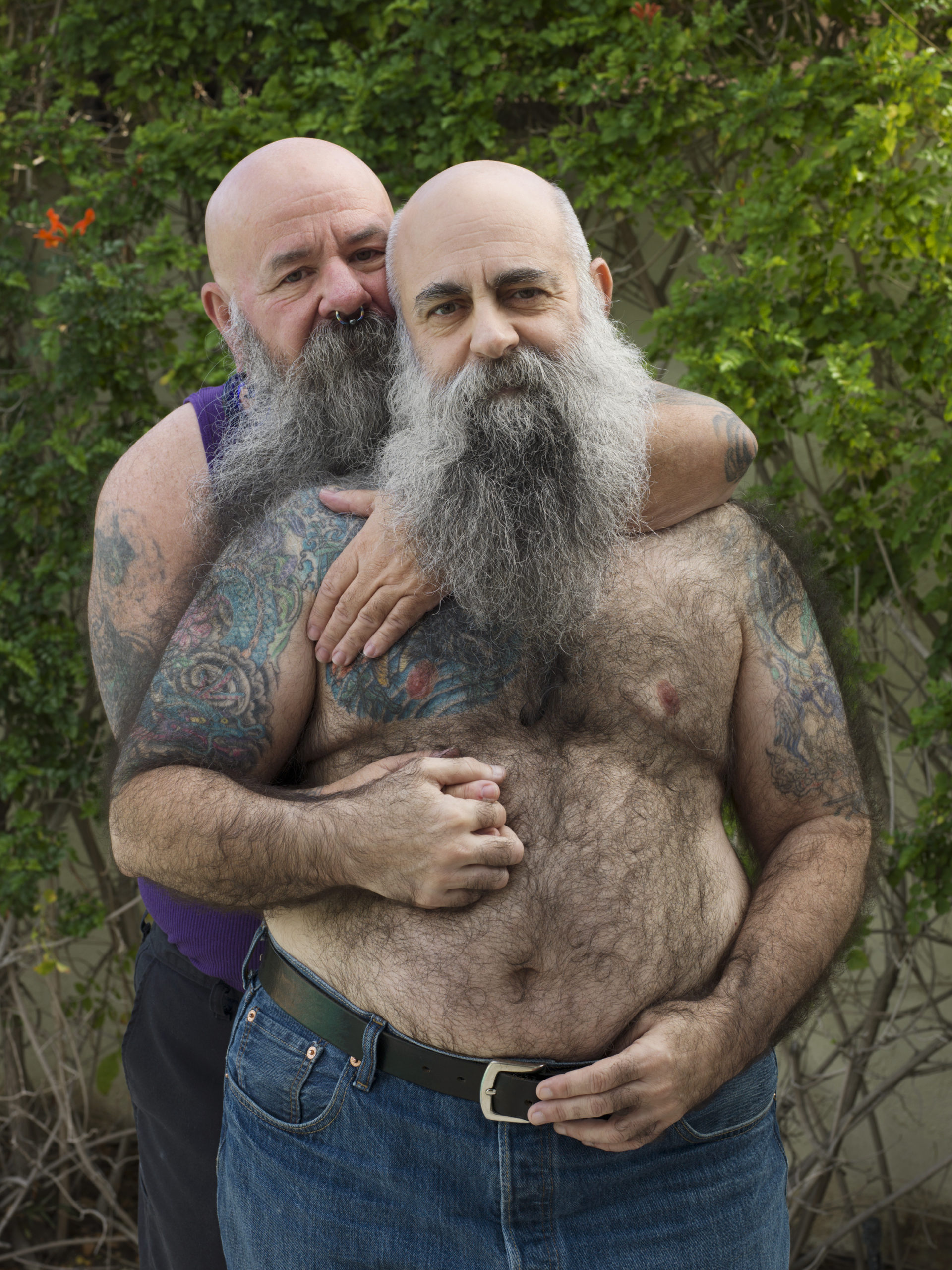
To Survive on This Shore is Dugan’s most outward-looking, documentary work to date; the photographs of individuals and couples appear alongside interviews collected between 2013 and 2018. “We began this project, in part, because we saw a major lack of representations of transgender and gender-expansive older adults, and wanted to address that lack through our work,” Dugan explains. To Survive on This Shore explores the myriad ways gender identity, age, race, sexuality and class intersect. The images share the same intimacy as Dugan’s previous works, and the accumulation of so many individual stories gives a rich collective portrait of contemporary life in the US, through the eyes of the LGBTQI community. It is one that has not often been seen or told; a generation neglected in the past, whose narratives are still largely absent now, even as the queer community has become more visible in visual culture.
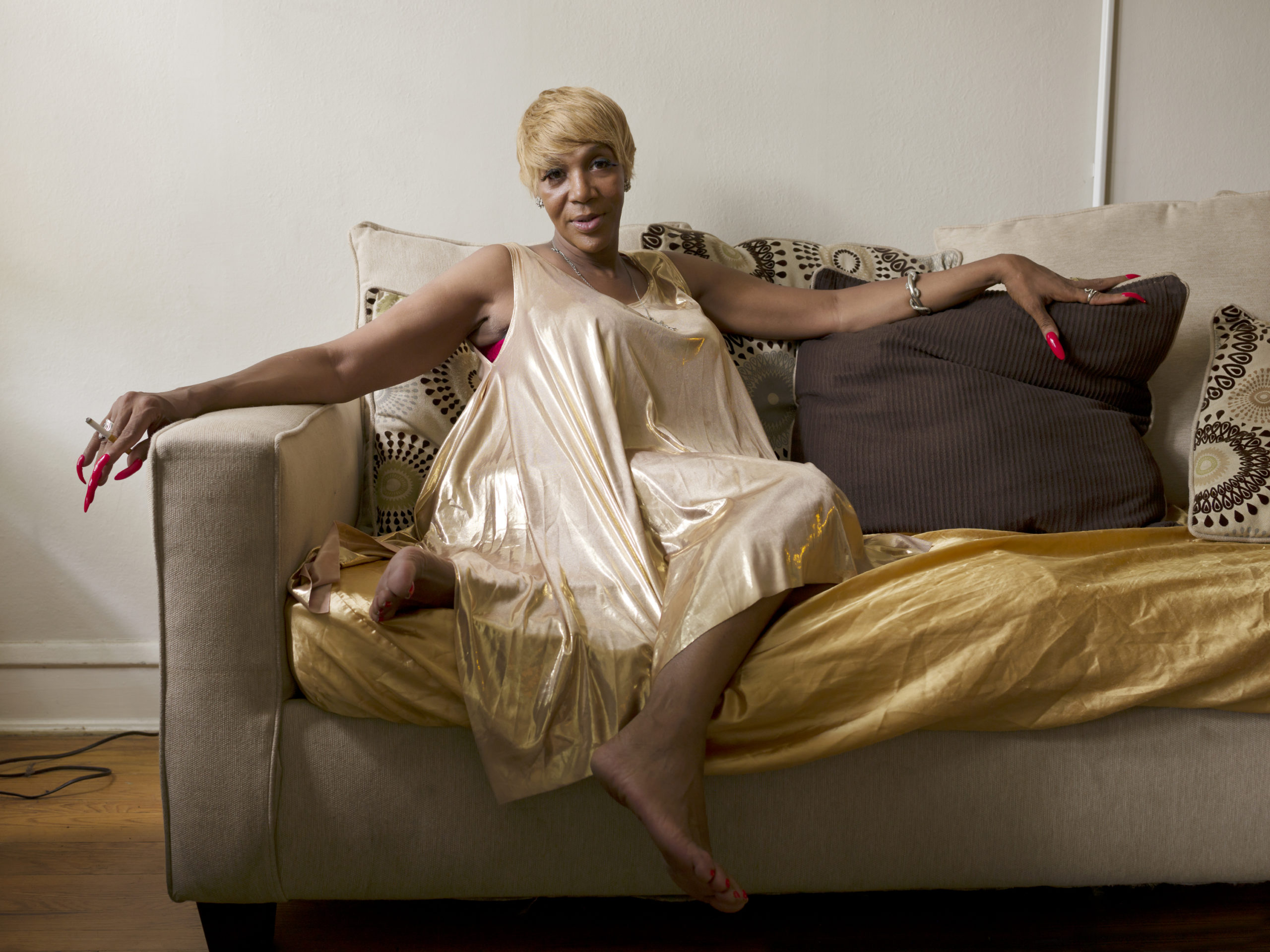
“There is a limit to what you can include in a photograph,” Dugan acknowledges. “We felt that it was important to include more of each person’s story so that the complexity of their lives was conveyed. Conducting the interviews allowed us to explore participants’ earlier life experiences and learn about their approach to growing older. It was important to us that each participant spoke in their own words; we were not interested in speaking for, or writing about, anyone, but rather in creating a platform where they could speak for themselves.”
“When I was coming out, I didn’t see myself represented in the broader culture”
Like many photographic artists, Dugan started out documenting their surroundings and the people who were most accessible to them, who they cared about the most. “As a child, I had a point and shoot film camera, and I took it everywhere and photographed the people who were important to me: my friends, teachers, family. When I was 11 or 12, I asked for a ‘real’ camera and got my first SLR—a Nikon N2020—and hit the ground running. Making pictures was a way for me to make sense of my world and to hold onto things amidst a lot of change.”
Over the years, Dugan’s work has become more complex and detailed, and most of their projects span several years,“but the underlying reasons I make pictures have remained the same”. Photography has provided a sense of stability and a safe space, but also a feeling of community and collectivity, visualising those fundamental things that transcend the bodies and borders we find ourselves in: the way one hand rests on another; the way the sunlight catches bare skin.
- Left: Dee Dee Ngozi, 55, Atlanta, GA, 2016. Courtesy of the Minneapolis Institute of Art; Right: Collin (red room), 2020. Courtesy of the Catherine Edelman Gallery, Chicago
Now an award-winning artist (including the ICP’s Infinity Award in 2019) Dugan’s subjects—and their reasons for photographing—remain steadfast. Close personal relationships are still intertwined with their practice: “I have always used photography to understand myself and my place in the world, and my work has always included my romantic partners. Currently, I am working on a long-term project, loosely titled Family Pictures, which includes photographs of my partner, Vanessa, as well as our daughter, Elinor, and my mother and her partner, Chris. I have been photographing Vanessa since we met in 2012; the photographs have changed over the past eight years as we have aged and grown together, and as our relationship has deepened and evolved. The passage of time is integral to this work, which I view as a lifelong undertaking.”
“It is a delicate dance, though, to make such personal work,” Dugan admits. “Vanessa and I have a rule that I can always make the pictures, but she gets to weigh in on whether or not they can be shown, and when, and how. I never want the awareness of a future exhibition or book to be in her mind when we’re photographing; I try as much as possible to stay responsive in the moment and make the pictures without either of us thinking of them being seen.”
As a young queer person, Dugan explains the impact of photography on their life growing up as “significant”. Though Dugan may now need to navigate the complexities that come with being seen, this wasn’t always the case. “When I was coming out, I didn’t see myself represented in the broader culture. As a teenager, I didn’t relate to most of the visual culture I saw around me. I was also not very plugged into mainstream culture more broadly; I didn’t watch TV or listen to popular music, and I was already pursuing my path as an artist. I spent a lot of time in bookstores and coffee shops and writing and painting in my bedroom while listening to Ani DiFranco or Melissa Ferrick.”
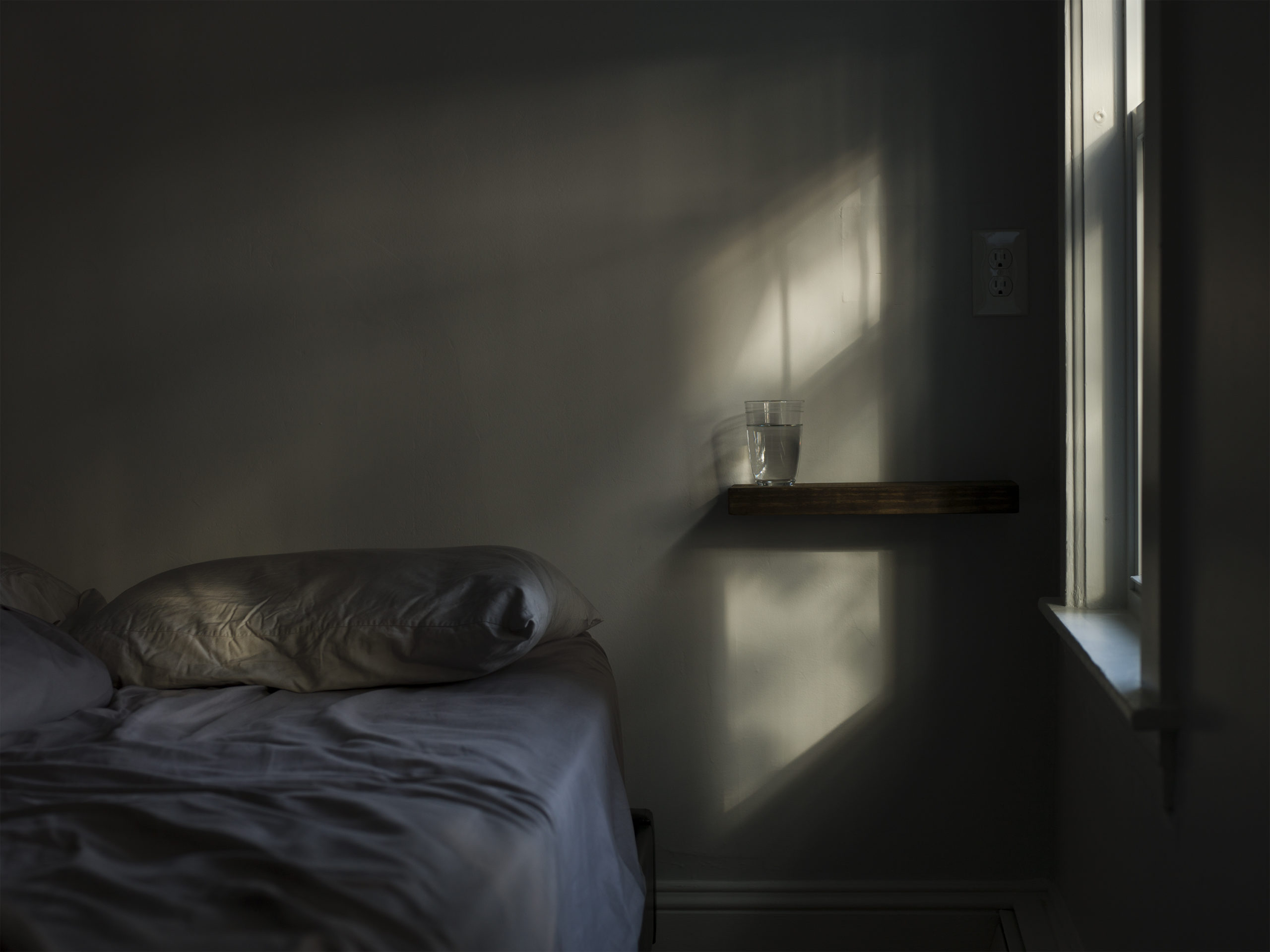
Fine art photography books provided Dugan with an initial education in images intertwined with a personal awakening. “My initial entry point to photography was identity and queerness, as I was seeking representations I could relate to and that would validate my developing queer and gender expansive identity.” Living in Cambridge, Massachusetts, as part of a vibrant and active LGBTQ community, they spent time browsing at places such as the pioneering New Words Bookstore, a feminist book shop that closed in 2002. Later, when Dugan began their formal art studies (first at Massachusetts College of Art and Design, then Columbia College Chicago and Harvard) they were inspired by the work of Catherine Opie, Del LaGrace Volcano and Robert Mapplethorpe, who “were incredibly important to both my identity and my path as an artist”.
“Desire is central to my work, although the exact manifestation and meaning of that desire changes from person to person”
My own first encounter with Dugan’s work happened during a long-term, ongoing project the artist began in 2011, Every Breath We Drew. It feels, a decade on, strangely prescient, exploring the need to connect with others, and the way our will to exert our individuality can disturb our ability to let ourselves be; to feel. “This series is, in many ways, my most foundational work. It centres around gender and sexuality, focusing particularly on an expanded, gentle version of masculinity, and includes portraits of individuals, couples, self-portraits, and still life images,” Dugan tells me. “While this work is rooted in queerness, it is not simply illustrative, depicting people from one particular group. Rather, it is expansive and complex, investigating themes of desire and personhood in a fluid, multifaceted, deeply personal way. The identity of the subjects varies; my gaze as a photographer, however, is always informed by my own queerness and my experience of actively defining my identity, often in opposition to societal expectations.”
Interspersed with the portraits of others are self-portraits, subtly emphasising the way our identity is shaped by others, inviting us to share the space. “I have always felt that it’s important to share my own story and include myself in my work, but it also functions as a larger, conceptual self-portrait, as my choice of subjects is both highly subjective and an integral element of the work.”
- Left: Self-portrait (muscle shirt), 2013. Courtesy of the Catherine Edelman Gallery, Chicago. Right: Betsy, 2013. Courtesy of the Catherine Edelman Gallery, Chicago
When exploring sexuality, gender and identity in front of the camera, the politics of desire and power also come into the creation of an image, a three-way relationship between the photographer, the photographed and the viewer. “Desire is central to my work, although the exact manifestation and meaning of that desire changes from person to person and project to project,” Dugan reflects. “On a fundamental level, photography allows me to get close to someone I’m interested in and to have an intimate experience with them; this kind of engagement is difficult for me to find outside of the photographic space. I spend a long time making a portrait—often an hour or more. I also work without assistants, so it’s just me and my subject, often in an intimate, quiet space. I have to react to their energy, read the language of their body, look closely at the way the light falls upon them, and also follow my own intuition, directing them into a portrait that honours their identity while also speaking to my own interests and desires.”
When looking at another person consciously, attentively and with desire, as Dugan does, we might not come to know that person fully, but we might come to understand more of ourselves, of our own place in the world. As the artist puts it, “a good portrait pulls you in and makes you want to know more about the subject. It goes beyond the specifics of that person, in that moment, in that place, and says something about the universal, and fundamental experience of being human.”
